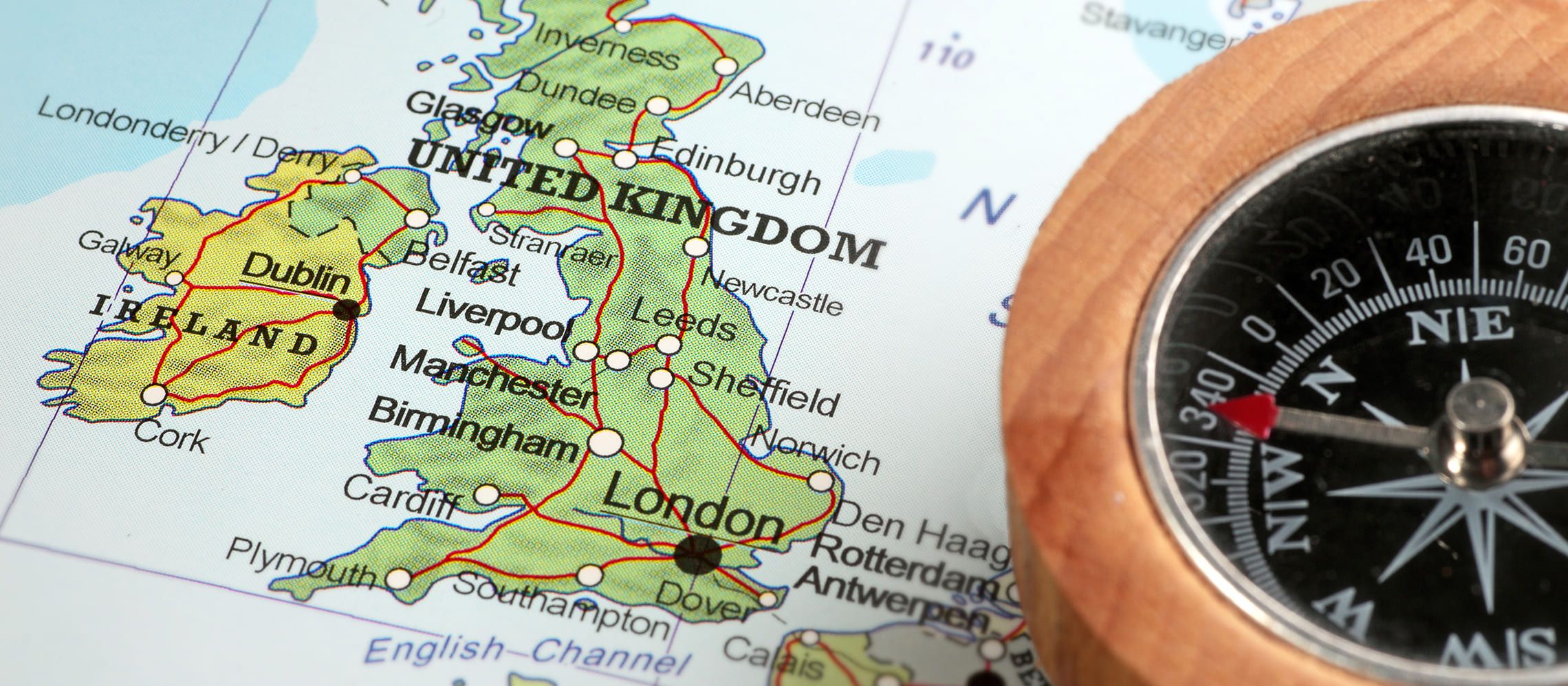Super Early Deadline
30 November 2025
Judging
Date
24 & 25 March 2026
Winners Announcement
22 April 2026
30 November 2025
24 & 25 March 2026
22 April 2026

The spirits market is one of the shining lights of UK consumer goods currently. Despite, and because of, lifestyle choices distillates seem to be in fashion again and positively innovating their way into every drinks occasion. Gin, rum, tequila, and cocktail innovation are the key driving forces growing the ‘out-of-home’ spirits market, which has a 22.1% share all drinks sales up by 2% in 2018, according to market researchers CGA.
They also note that Premium spirits growth is a significant driving factor with 964 spirit launches in 2018, 329 of which were in the premium sub-segment and 454 in super-premium sub-segment.
The average monthly spend is £104.82 for premium drinkers as against £78.16 standard spirit consumers (CGA).
Statistics, statistics and damn lie, but we shouldn’t be too cynical about them. They are very helpful guides and framework creators for building innovation and new strategies, although each research organization sees them differently. In order to gain a comprehensive view and to be able to sense check more outlying numbers, this research article has drawn from several sources.
According to the IWSR in 2018 the total UK spirits market will be worth close to £10bn (US$12bn @1.23) by 2021. It forecasts` that volumes will grow much slower to 33.14m 9 litre cases, by the same time. Whereas Statista reports that the market is worth £11.83bn ($US14.559bn @1.23) with forecast growth of 5.4% (CAGR 2019-2023). This amounts to £175.28 ($215.60@1.23) per capita in 2019, 59% of which is consumed out-of-home or ‘on-trade’.
Statista report that the spirits category is expected to amount to 348m litres in 2023 (10% more than IWSR’s forecast for 2021), growing from the 2019 average consumption of 4.6litres per capita, priced at £37.52 per unit ($46.61@1.23).
There are a number of sub-segments which comprise the whole category. We now look at each one in turn.
Whisky is much loved by British consumers, although gin has recently replaced it as the nation’s favourite. The IWSR forecast value of £2.44bn by 2022, and currently it is measured at £2.31bn by CGA Nielsen. Volume growth of 2.7% should see the market increase to 7.65m 8.4 litre cases by 2022.
The statistics from CGA and Nielsen go on to reveal that within this segment, the sub-segment of American whiskey growing significantly to £742m by 2022 from the 2018 level of £688m. Malt Scotch whisky is set to grow from £394m to £439m by 2022, Irish to £163.9m, Single grain doubles its 2018 presence to £42.1m with Japanese and Canadian contributing £11.7m and £9m respectively.
From historic cynicism to darling drink of the moment in the blink of an eye, gin, known as Mothers ruin back in the 18th century, is now worth a staggering £2.7bn including export, £1.9bn in the UK market alone with the on-trade worth more than £1bn (WSTA 2019).
In the 12 weeks to Christmas 2018 the segment was up 40% (WSTA) and in Jan-Mar 2018 sold 9m bottles of which 52% sold in March which was up 26.5% YOY.
Flavoured gin (pink & others) is worth £165m an eye-watering 751% growth in 2018 verses 2017.
Gin distilleries have grown by 30% in 1 year according to UHY Hacker Young, trebling growth since 2015. The trailblazing operator, Sipsmith grew 8 times in volume between 2012-2016 – a micro distiller opened in 2009.
There are 200 new gin brands on the UK market, which represent 25% NPD value growth – 20% of all spirits according to Diageo. According to Wm Grant & sons in 2018 premium gin is up by 56.7% and London sells more than all other UK territories combined.
Gin has overtaken whisky as the most favoured UK drink according to Kantar.
Vodka is still the biggest spirits category in 2019 at £3bn (US$3,713m @1.23) according to Statista yielding £44.70 per capita and taking a value share of 29.9% in the on-trade (CGA Strategy, TGI, WG&S UK Research 2017).
Sales growth is still strong at 8.3% YOY, albeit that revenue per capita is growing at a slower rate of 7.7%.
Non-flavoured vodka dominates the value share at 94.1%, although flavoured vodka is growing at a faster rate. Watch out for the ‘craft vodka’ market, which is predicted to rise by 30% CAGR by 2023 according to Technavio.
On its way up is rum, growing to £1bn in 2018 according to the WSTA, with the smaller segment of flavoured and spiced rums growing to almost 10m bottles worth £137m in the off-trade. Golden and spiced rums in the on-trade increased by 7% to £374m, almost 50% share of the total on-trade rum category valued at £681m by Wm Grant & Sons.
Demonstrating the innovation, and its key in cocktail making, there are now close to 200 brands available compared to just 50 in 2006 (UHY Hacker Young).
Golden and dark rum sales up 10.9% & 8.6`% respectively in last year (CGA), and this sub-segment’s key consumer is under 35 with 54% of all consumers (CGA Strategy, TGI, WG&S UK Research 2017).
Cognac dominates this segment with a 93% share and VS styles accounting for 75% of those sales (CGA Strategy, TGI, WG&S UK Research 2017). This is one spirits segment which looks to show declines, however, demonstrates the premium nature of the overall market with brandy (not cognac) sales showing nearly 12% decline. The vast majority of these sales are basic brandy sales.
According to the same report, 54% of consumers are up-market ABC1 socio-demographic group.
Second only to gin in growth terms, this segment is on the move. Sales at market leaders Diageo is a reported 37% up. The provenance and ‘sippin’ not ‘slammin’ consumption phenomena are helping drive the category to £137m in 2017, an increase of 37% according to WSTA.
Much of what binds the spirits category together is this segment. Valued at £1.4bn, non-cream liqueurs is the biggest sub-segment account for 52% of the value with nearly 5% growth (Wm Grant & sons 2017). They are stocked in 99% of on-trade outlets and 64% of drinkers are below 45% significantly below the average spirits drinker.
No spirits analysis can exclude this sector, which is of growing importance, as demonstrated by the 407% & 418% growth in volume and value respectively (CGA) of no-alcohol spirits. The Seedlip products are marketed at the same price as regular spirits, yet have no duty to pay, so margins can be generous all ways round.
Whilst the traditional big segment of vodka, whisky and gin all show sign of growth, it is possibly the sub-segments of flavoured gin, 100% agave produced and aged tequilas, single grain whiskeys and their like that will capture imaginations and drive stellar growth. The only issue is predicting which one is next. That is where the alignment with consumer trends is key. Provenance, authenticity, great design, careful targeting is all-important in defining the next major trends or the many niche trends. Dynamic and fast-paced, the spirits industry is still a powerful force.
 The article is contributed by Alistair Morrell a Wine Inspector, wine industry consultant, journalist and, commentator. Over 30 years as a wine business professional, Alistair shares his global knowledge, network, and experience of growers, importers, distributors and buyers.
The article is contributed by Alistair Morrell a Wine Inspector, wine industry consultant, journalist and, commentator. Over 30 years as a wine business professional, Alistair shares his global knowledge, network, and experience of growers, importers, distributors and buyers.
Show your spirits where it matters. Get your products tasted by top bartenders, buyers and experts at the London Competitions — enter now.